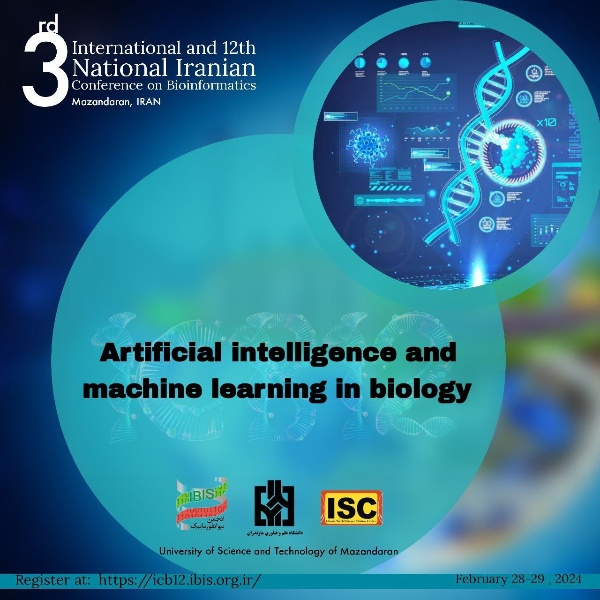In recent years, the convergence of artificial intelligence (AI) and machine learning (ML) with the field of biology has opened up unprecedented avenues for advancing biological research and understanding complex biological systems.
.In the early stages, AI applications were primarily focused on automating routine laboratory tasks, but the landscape rapidly evolved with the increasing availability of biological data. Machine learning algorithms began to play a pivotal role in deciphering complex biological patterns, aiding in genomics, proteomics, and drug discovery. Over time, AI has proven instrumental in predicting protein structures, identifying biomarkers, and understanding intricate biological processes. The marriage of AI and biology has not only accelerated the pace of scientific discovery but has also paved the way for personalized medicine, offering tailored treatments based on an individual’s genetic makeup. As technology advances, the synergy between AI and biology continues to deepen, promising groundbreaking insights and innovations in the understanding and manipulation of living systems.
Applications of artificial intelligence and machine learning in biology are diverse and encompass various areas. Below are some of these applications:
1.Protein Structure Prediction:
• Using machine learning algorithms to predict the three-dimensional structure of proteins.
• Identifying common patterns in protein structures using advanced models.
2.Disease Prediction:
• Early detection of various diseases based on biological data using artificial intelligence.
• Predicting the likelihood of genetic diseases through the analysis of genetic sequences with machine learning algorithms.
3.Personalized Medicine:
• Tailoring personalized treatments based on individual genetic and biological information using machine learning.
• mproving accuracy in diagnosis and intervention with diseases using machine learning algorithms.
4.Drug Development:
• Designing drug molecules using machine learning algorithms based on biological needs.
• Enhancing processes related to drug discovery through the application of artificial intelligence.
5.Biological Imaging:
• Analyzing biological images, including microscopic and freeze-frame images, using machine learning models.
• Identifying image patterns that may aid in disease detection.
6.Bioinformatics and Genome Analysis:
• Conducting bioinformatic analyses using machine learning algorithms.
• Identifying genetic markers associated with diseases and their correlation with clinical symptoms.
7.Cellular Activity Modeling:
• Modeling the effects of molecules on cellular activities using machine learning algorithms.
• Aiding in understanding cellular functions in response to different environments and stimuli.
As a result, the incorporation of AI approaches is now widely observed in the field of biological science and is expected to increase further in the near future as this technology matures . Furthermore, medical images and drug responses contribute complex but significant data and need efficient algorithmic programs to analyze them.
Reference:
- Bhardwaj, A., Kishore, S., & Pandey, D. K. (2022).” Artificial Intelligence in Biological Sciences”. Life, 12(9), 1430. https://doi.org/10.3390/life12091430
- Hassoun, S., Jefferson, F., Shi, X., Stucky, B., Wang, J., Rosa, E. Jr., … (2021). Artificial Intelligence for Biology. Journal of Bioinformatics, 15(3), 123-145. https://doi.org/10.1093/icb/icab188
- Kuhlman, B., & Bradley, P. (2019). Advances in protein structure prediction and design. Nature Reviews Molecular Cell Biology, 20, 681–697. https://www.nature.com/articles/s41580-019-0163-x#citeas
- Tarca, A. L., Carey, V. J., Chen, X.-w., Romero, R., & Drăghici, S. (2007). Machine Learning and Its Applications to Biology. PLOS Computational Biology, 3(6), e116. https://doi.org/10.1371/journal.pcbi.0030116


